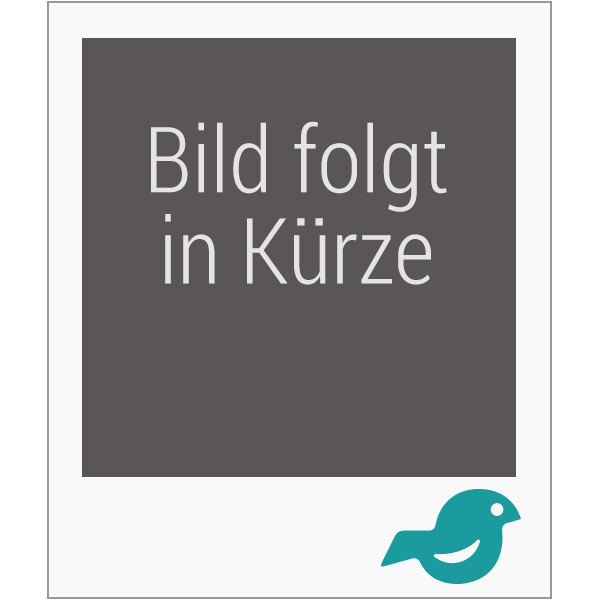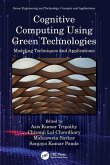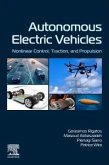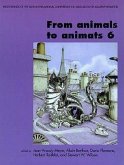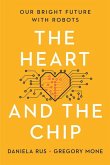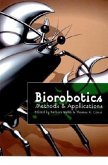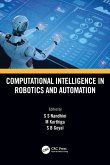Robot mapping remains one of the most challenging problems in robot programming. Most successful methods use some form of occupancy grid for representing a mapped region. An occupancy grid is a two dimensional array in which the array cells represent (x, y) coordinates of a cartesian map. This approach becomes problematic in mapping large environments as the map quickly becomes too large for processing and storage. Rather than storing the map as an occupancy grid, our robot (equipped with ultra sonic sonars) views the world as a series of connected spaces. These spaces are initially mapped as an occupancy grid in a room-by-room fashion using a modified version of the Histogram In Motion Mapping (HIMM) algorithm extended in this thesis. ... Using this representation makes navigation and localization easier for the robot to process. The system also performs localization on the simplified cognitive version of the map using an iterative method of estimating the maximum likelihood of the robot's correct position. This is accomplished using the Expectation Maximization algorithm. Treating vector directions from the polygonal map as a Gaussian distribution, the Expectation Maximization algorithm is applied, for the first time, to find the most probable correct pose while using a cognitive mapping approach. This work has been selected by scholars as being culturally important, and is part of the knowledge base of civilization as we know it. This work was reproduced from the original artifact, and remains as true to the original work as possible. Therefore, you will see the original copyright references, library stamps (as most of these works have been housed in our most important libraries around the world), and other notations in the work. This work is in the public domain in the United States of America, and possibly other nations. Within the United States, you may freely copy and distribute this work, as no entity (individual or corporate) has a copyright on the body of the work. As a reproduction of a historical artifact, this work may contain missing or blurred pages, poor pictures, errant marks, etc. Scholars believe, and we concur, that this work is important enough to be preserved, reproduced, and made generally available to the public. We appreciate your support of the preservation process, and thank you for being an important part of keeping this knowledge alive and relevant.
Bitte wählen Sie Ihr Anliegen aus.
Rechnungen
Retourenschein anfordern
Bestellstatus
Storno

